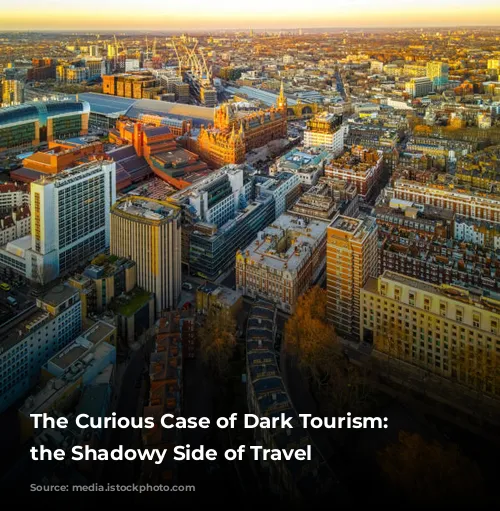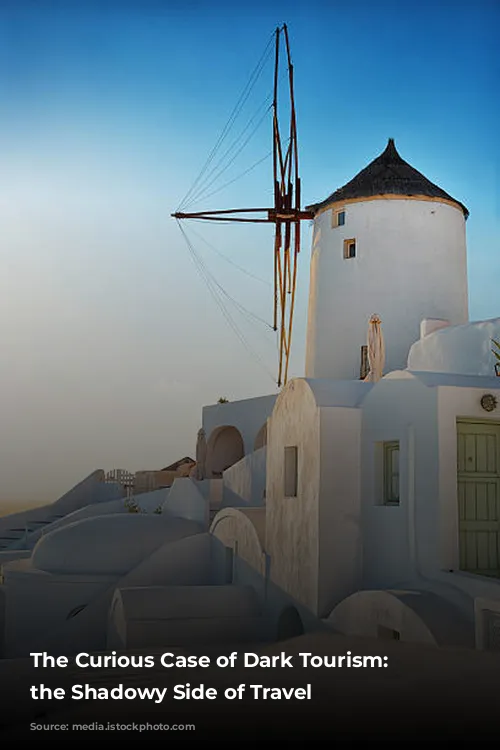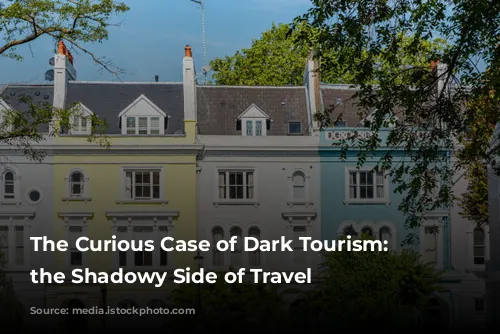Have you ever wondered why people visit places associated with death, violence, and tragedy? This unusual form of tourism, known as dark tourism, has been growing in popularity, and its allure lies in the intriguing mix of fascination and discomfort it offers.
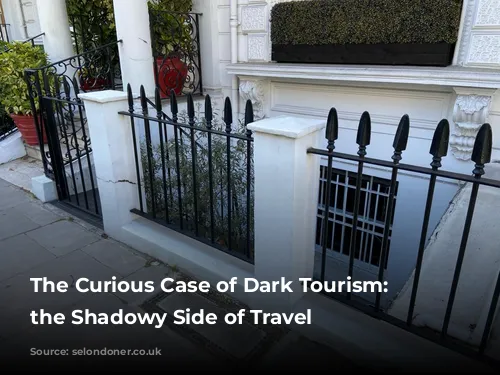
A Journey into the Dark: Exploring History’s Shadows
David Robinson, a 58-year-old IT director, is a self-proclaimed dark tourist. He finds himself drawn to places like the Killing Fields in Cambodia, Auschwitz concentration camp, and the site where Romanian dictator Nicolae Ceaușescu met his demise. These destinations, while unsettling to many, hold a powerful attraction for David and others like him.
But you don’t have to travel far to encounter dark tourism. Even in bustling London, a city brimming with history, there are hidden corners that whisper tales of darkness and despair. From the flat where Jimi Hendrix breathed his last to the scene of the Balcombe Street siege, these seemingly ordinary locations take on a sinister significance for those seeking to delve into the city’s shadowy past.
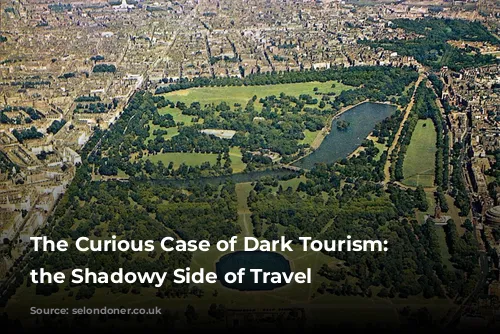
Dark Tourism: More Prevalent Than You Think
Dark tourism isn’t just confined to obscure locations. Many of London’s most famous tourist attractions have an undeniably dark undercurrent. The Tower of London, with its history of imprisonment and executions, is a prime example.
The Jack the Ripper Walks, which delve into the gruesome tale of England’s most notorious serial killer, and The London Dungeon, which recreates historical events in all their macabre glory, are further testament to the pervasive nature of dark tourism.
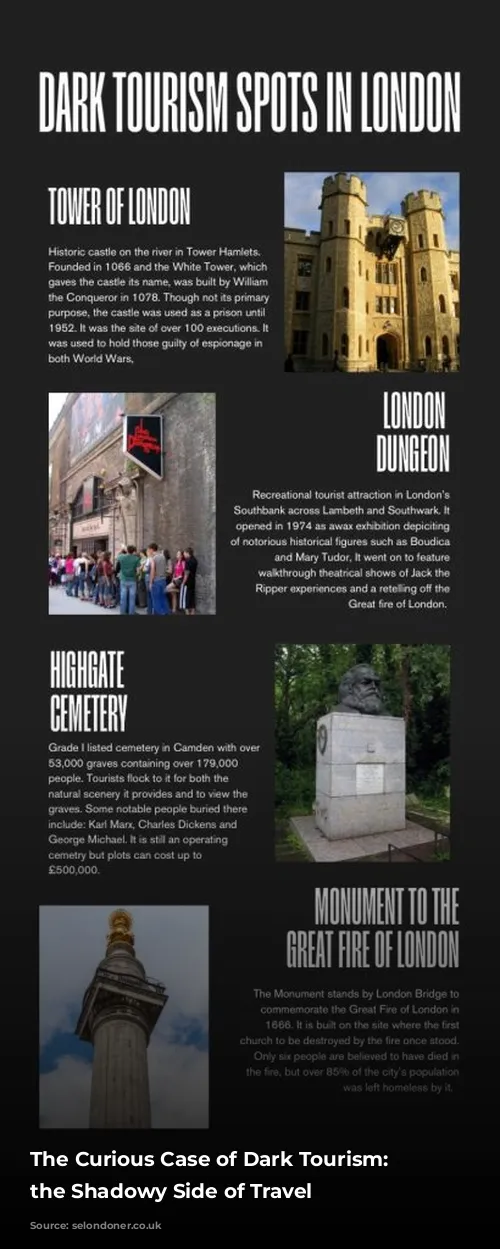
Unveiling the Psychology of Dark Tourism: A Twisted Curiosity
Initially, dark tourism might seem like a niche interest, but it’s actually a complex phenomenon that delves into the depths of human psychology and the very fabric of our world.
“Attraction to Death and Disaster,” a term coined in 1996 by Scottish academics J. John Lennon and Malcolm Foley, captures the essence of dark tourism. Professor James Treadwell, a criminologist, defines it as “travel to, and engagement with settings that have a history of violence, death, disaster and atrocity.”
This definition encompasses both historical and contemporary locations, such as Kabul in the wake of the Taliban takeover.
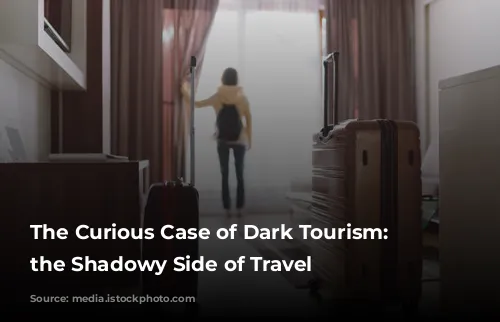
A Spectrum of Experiences: Official and Unofficial Dark Tourist Destinations
The spectrum of dark tourism is vast, encompassing both curated experiences and those that lie off the beaten path.
David Farrier’s Netflix documentary, “Dark Tourist,” explores this dichotomy. He visits both official dark tourist spots, like a museum dedicated to controversial history and a walking tour tracing the crimes of serial killer Jeffrey Dahmer, and “unofficial” destinations, like Turkmenistan, where he observes a present-day dictatorship, and Benin, where he participates in intense voodoo rituals.
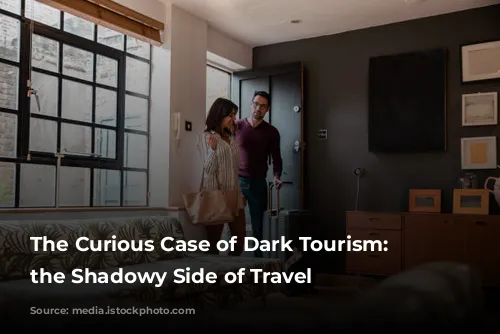
The Appeal of Darkness: Why Do People Seek It Out?
People are drawn to dark tourism for a variety of reasons. For David, it’s his passion for 20th-century history. Standing in the very room where Ceaușescu was executed, he says, “It was very eerie to be standing exactly where history happened.”
But for many, dark tourism is intertwined with a fascination for the depths of human cruelty. It’s a morbid curiosity that drives us to explore the dark side of our nature.
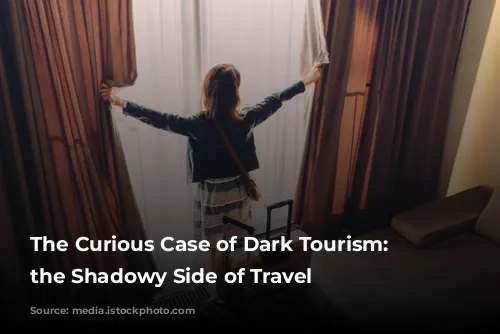
The Perils of Dark Tourism: Sensationalism and Disrespect
While dark tourism can be a powerful tool for reflection and understanding, it’s not without its pitfalls. The danger lies in the potential for sensationalism, glorification, and even sanitization of atrocities.
The recent news stories about people taking selfies and posing disrespectfully at Auschwitz are a stark reminder of the need for sensitivity and respect when engaging with these historical sites.
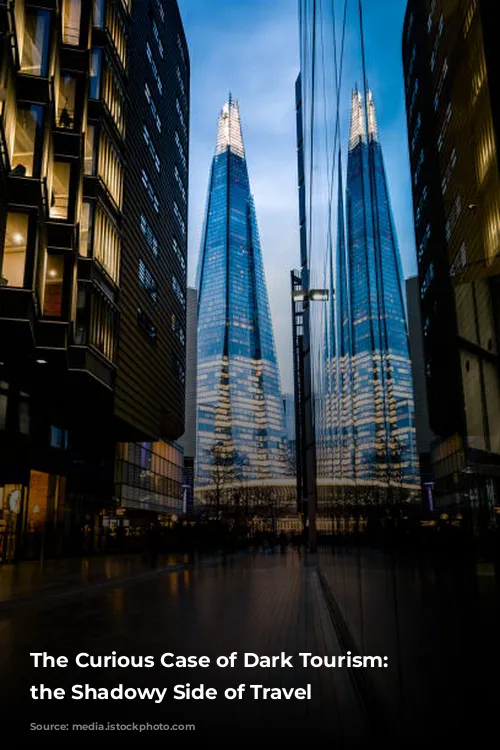
The Ubiquity of Darkness: From Pop Culture to Everyday Life
Dark tourism isn’t something that exists in a vacuum. It’s woven into the fabric of our pop culture and everyday lives.
Reality shows like Survivor, which revel in the dynamics of human competition and survival, and bars where people dress as prisoners, tap into our fascination with the dark side.
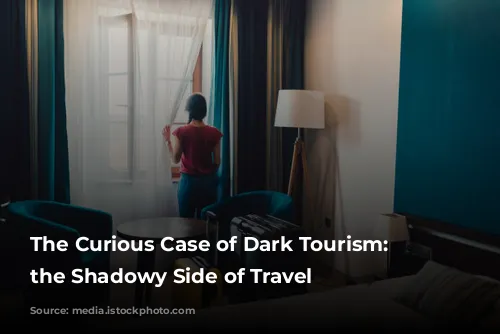
The Dark Side of the Everyday: Unveiling the Hidden History
Professor Treadwell argues that even our seemingly mundane activities are infused with darkness. The antique furniture in our favorite restaurants or the paintings in museums likely have a dark history rooted in oppression and exploitation.
Even Hyde Park, a London landmark, carries a history of darkness, and its inclusion in Treadwell’s book, “50 Dark Destinations,” highlights the pervasiveness of our past.

Dark Tourism in Disguise: Consumerism and the Shadows of Our Choices
Consumerism, according to Treadwell, has blurred the lines between everyday activities and passive forms of dark tourism.
London’s Monopoly Lifesize attraction, while seemingly lighthearted, is based on the principles of capitalism and greed. Even toys like Lego, with their environmental impact and potential labor concerns, can be seen through a dark lens.
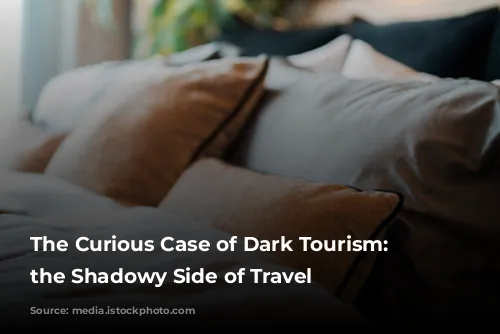
The Importance of Asking Questions: Challenging Our Assumptions
Professor Treadwell emphasizes the critical role of academic inquiry in exposing the hidden connections between darkness and our everyday lives.
By questioning the origins of our consumer choices and the historical context of our surroundings, we can begin to see the pervasiveness of dark tourism, even in seemingly innocuous places.
In conclusion, dark tourism is a complex and multifaceted phenomenon that challenges our understanding of travel, history, and human psychology. While it can be a powerful tool for reflection and understanding, it’s crucial to approach it with sensitivity, respect, and a critical eye. The dark side of travel is often intertwined with our everyday lives, and by acknowledging this, we can gain a deeper understanding of ourselves and the world around us.

